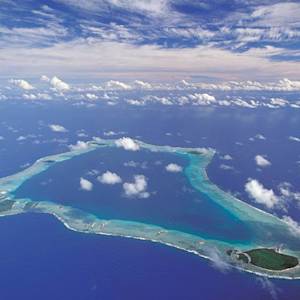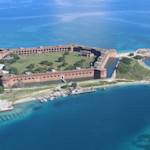Sustainable fisheries in Norway
2020 CE • Norway
In the 1980s, a crisis struck Norway's fisheries with the North East Arctic Cod (skrei) and Norwegian herring close to collapse. "The urgent need for stricter controls brought about a new law . . . known as the Marine Resources act and has been updated to secure sustainable and economically sound management of Norwegian fish stocks now and for the future . . . Norway spends a significant amount of time, money, and expertise on gathering the data that is needed to accurately set quotas for how much [they] – and other coastal states – can responsibly harvest from the various fish stocks each year." These stock assessments work to "protect younger fish classes from being caught, allowing new generations of fish to grow large enough before being subject to catching . . . The Norwegian Directorate of Fisheries carries out trial fishing to identify what areas should be considered closed for a period of time to allow fish to spawn, grow and thrive. Closing of fisheries can also be a result of efforts to protect other vulnerable parts of the ecosystem, such as important corals . . . By-catch will always be a problem in fishing, but Norway has been taking steps for more than three decades to reduce the number of fish caught outside of quotas", including rules for "guiding sorting grid size, mesh net size and the size of hooks used – all of which are designed to maximise targeted catch while making sure larger or smaller fish are spared and to protect the fragile ecosystems along our coast." As the "world’s second largest exporter of seafood, providing 37 million daily meals of seafood to 150 countries across the globe", Norway serves as a prime exemplar of a thriving ecosystem-based approach to managing fisheries.
"Why Norwegian wild caught seafood is sustainable," Norwegian Seafood Council, December 21, 2020.
Image: GRID-Arendal via Flickr, CC BY-NC-SA 2.0 DEED Attribution-NonCommercial-ShareAlike 2.0 Generic


Learn about Maya Lin’s fifth and final memorial: a multi-platform science based artwork that presents an ecological history of our world - past, present, and future.

Discover ecological histories and stories of former abundance, loss, and recovery on the map of memory.

Learn how we can reduce our emissions and protect and restore species and habitats – around the world.

See how art can help us rethink the problems we face, and give us hope that each one of us can make a difference.

Help make a global memorial something personal and close to home. Share your stories of the natural world.


